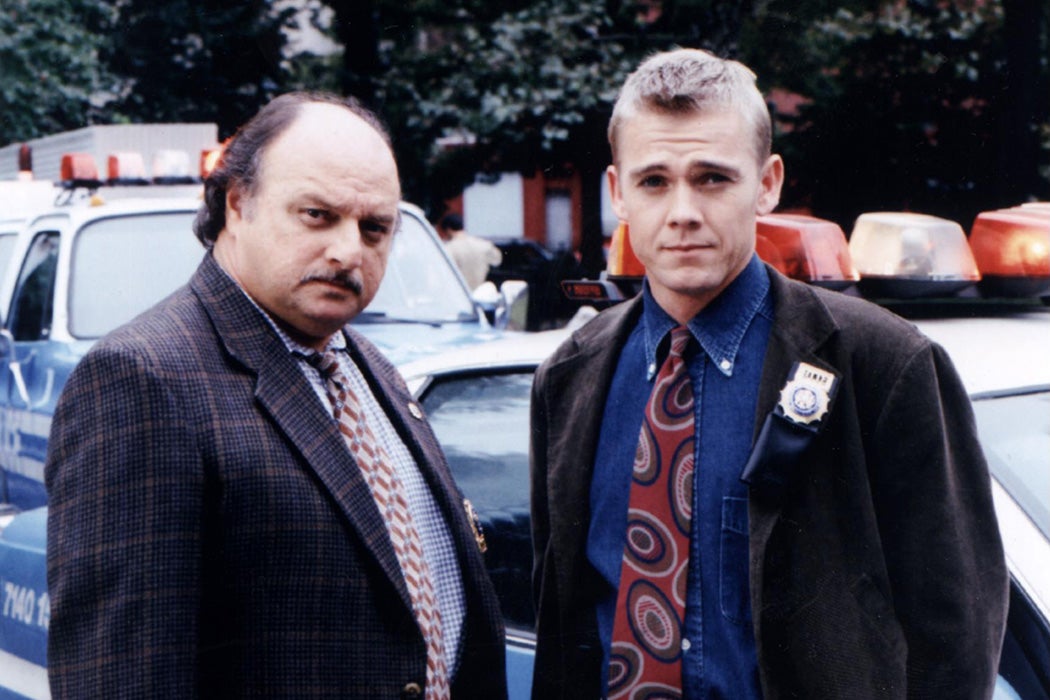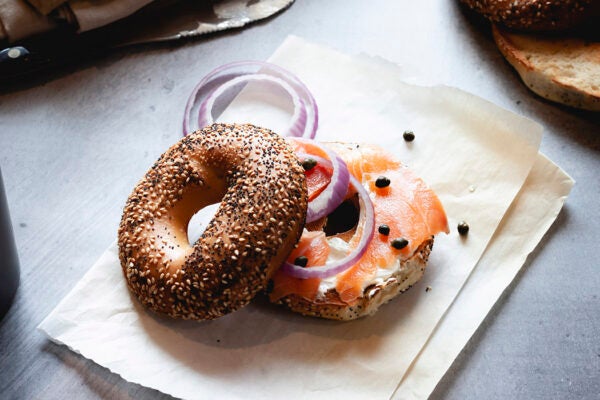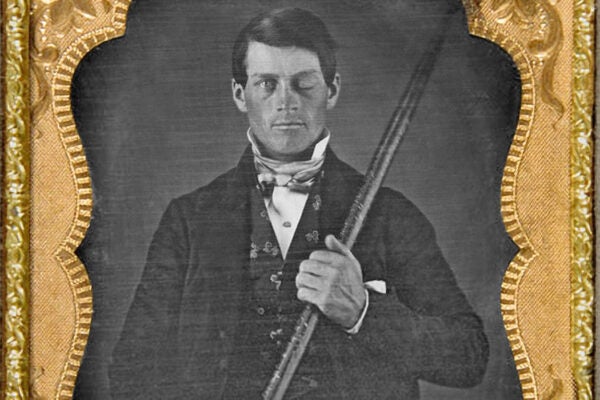The rise and fall of the cop show (The Conversation)
by Carol A. Stabile
Long before Cops was canceled—long before it was even on TV—police and media producers collaborated to create a positive image for police, who were widely viewed as corrupt. It all started with J. Edgar Hoover.
A built environment for a COVID world (The New York Times Magazine)
by Kim Tingley
What kind of architecture can help bring people together in a world still experiencing a pandemic? Some of the answers may lie in design intended to support people with autism and other marginalized people.
Flattening the curve in 1800 BCE (Narratively)
by Carly Silver
Living 3,800 years ago, King Zimri-Lim didn’t know about germ theory. But he and the other leaders of Mari, in present-day Syria, used social distancing to prevent the spread of disease.
Do police belong in the labor movement? (Chicago Reader)
by Maya Dukmasova
In the early twentieth century, police battled striking workers in the streets. Decades later, they borrowed from the rhetoric of Black activists as they organized to protect themselves against charges of brutality. Now, many other unions are asking if cops belong in the labor movement.
Wait, exactly who can spread COVID-19? (Wired)
by Gregory Barber
A confusing report about “asymptomatic” spreading of COVID-19 sprouted cycles of news coverage. So what’s the actual bottom line on spreading disease if you’re not coughing?
Got a hot tip about a well-researched story that belongs on this list? Email us here.






